The information that led me to opt out of a repeat c-section after having had three, as well as resources and encouragement for anyone considering VBAC and/or natural birth.
All the information I’ve learned will be shared throughout my story in little sections like this. For resources (websites, courses, podcasts, books) scroll almost all the way to the end.
Disclaimer: I am not any sort of doctor or birth professional! Because of my own experiences, I have my own biases and lean away from hospital/medical birth toward a home/natural setting. The information here is as accurate as I can find, but not complete by any means. Everyone should do their own research, have their own conversations, and make their own decisions for birth.
How we birth
All of my births so far have been c-sections. Three times I’ve had five layers of me cut through and my baby extracted.
I know. I know it shouldn’t/doesn’t matter. “It doesn’t matter how they were born, only that they’re healthy”. Well, yes and no. Yes, of course the thing that matters more than anything is that they’re alive and healthy, I’m alive and healthy. I am enormously grateful for the births of each of my children. On the other hand, though, birth does matter. How we birth matters.
There’s more to wholeness than “being okay”.
I don’t regret anything of any of my births. I did at one point- I would blame myself or blame the doctors and think “if only…”, but that isn’t constructive; it’s not helpful. It’s shame and condemnation rather than honest confession, forgiveness, and restoration. Yes there were circumstances that led to three c-sections that weren’t ideal, but I’ve learned from each and am grateful for each. And each birth was still unique and beautiful and meaningful. People are very birth-trauma-focused these days (actually just trauma-in-general focused), and while is is definitely helpful and healing to recognize where there is trauma, it can also be a trap of negativity. Is the focus on awareness or acceptance? Because awareness can only do so much in the way of healing, acceptance, however, can restore.
Thankfully God has led me through regret to acceptance and even a step further to passion and knowledge. Most of what I now consider basic knowledge regarding birth wasn’t even on my radar three years ago. Things like the risks of c-sections; the concept that birth is not a medical event but rather a physiological function; the fact that patients have rights and can refuse interventions; the statistics that show that interventions during birth directly correlate to higher c-section rates; reasons besides interventions like hospital space, money, liability, and staffing that lead to more c-sections; how c-section rates differ in different places among different people. I’ll get into some of these reasons as I discuss why I’m choosing a vaginal birth over a “routine” c-section this time around.

Once a c-section…
First, the backstory to how I got into this cycle to begin with. During my first pregnancy I was just as young as could be, twenty when I had my son, and really gave no thought to learning about birth, I did read What to Expect When You’re Expecting (which I now consider to be far too mainstream. A great alternative is The Mama Natural Week-by-Week Guide to Pregnancy and Childbirth). I was naive and didn’t think much about the upcoming birth. Regarding epidurals, I thought, “I’ll try without one, but if I really need one I’ll have it”, which obviously meant I was going to have it- almost any woman in that vulnerable state will take it unless she’s deliberately decided against it. The intensity of contractions was more than I had imagined- partly because I hadn’t taken time to imagine or think about it. The hospital sent me home when I first went in, because I was only 1 cm dilated. I went back a few hours later, only at 2 cm by then, because I felt like I was in such unbearable pain that I must need to be in the hospital.
What I know now:
-The longer you can stay at home/out of the hospital, the better. Once in the hospital, the “clock” starts, and you’re more likely to end up with a c-section because of “failure to progress”.
-Labor pain is physiological- it’s pain with a purpose, not pain that needs fixing or means something is wrong as a cut or toothache or broken bone would mean. Labor pain or intensity doesn’t need to be escaped, but embraced.
I turned down the epidural a few times then eventually gave in, which I believe started the “cascade of interventions”.
What I know now:
-The term “cascade of interventions” refers to the common process of one intervention- such as getting an epidural, having membranes swept, water sac broken, or constant fetal monitoring- leading to more interventions which continues in a vicious cycle and often includes c-section.
After the epidural my labor “stalled”.
What I know now:
-“Stalling” is a widely used term that rarely actually means what it’s supposed to. It’s normal for labor progression to slow or even stop for a while and then continue.
I agreed to having my water bag broken, and, when I was only at 4 cm after 12 hours in the hospital (the last 5 laying flat because of the epidural and monitor) I was told that my baby’s heart rate was lower than they liked to see- they called it distress- and that I would need a c-section.
What I know now:
-The baby’s heart rate being low does not automatically mean “distress”! Baby’s heart rates can vary and fluctuate normally and often. If low, it can often be remedied simply by the mother changing position. Birth is hard work for a baby, just like it is for another! All the squeezing and stress, while God’s brilliant and perfect/successful/working design, is still a huge “workout” for that tiny baby, and having heart tones go up and down within a normal range (a wider range than most doctors allow for) is normal. When I went over the records with my midwife, she said she regularly sees babies born naturally and healthy who have heart rates within the range my son was in.
-Continual fetal-monitoring and epidurals are both shown to be linked to higher rates of fetal distress as well as c-sections. This doesn’t mean an epidural or constant monitoring are always “bad”- there are times when each can be necessary and helpful- but they are not as innocent and harmless as there’re made out to be.
-Laying flat on back is the worst position for oxygen supply to the baby.
-Breaking the water bag, like any intervention, is likely to lead to the need for more interventions and should be avoided. It is possible it could speed labor along but more likely to cause baby to be in a non-ideal position for labor. The body almost always knows what to do. Sometimes babies are even born in the unbroken water sac! This is called “en-caul”. I have a friend whose baby (one of five) was born like this, and it was her smoothest labor and delivery of all!
After stalling and decreased fetal heart rate, they told me they would “have to do a c-section”. To me, who had no knowledge or preparation for this type of situation, it seemed like an emergency- the doctors and nurses presented it to me like an emergency. After my birth I even told people I had had an “emergency c-section” because thats what I thought it had been.
What I know now:
-Doctors making it seem like c-section is the only option doesn’t always mean it is. Patients have the right to consent to or decline an advised cesarean and deserve to be given all the facts to make and informed decision. Sometimes c-sections absolutely are medically necessary! But the fact that rates of “necessary” c-sections has more than quadrupled in the last 50 years should tell us something…
-Hospitals and doctors are “safer”, liability-wise, if they’ve done or advised a c-section because it looks like they “did all they could”. Doctors have admitted to being quick to do cesareans for the reason that it saves them in court if they’re sued.
-C-sections cost twice as much as vaginal births. Which means doctors get paid twice as much. And with a predictable, quiet, controlled time frame and setting… what doctor wouldn’t prefer them?
My c-section itself was smooth enough, and our son was born (extracted with a vacuum which gave his head a funky crooked cone shape that rounded out by 3 months). He was blueish and needed resuscitation when he came out, which landed him in the NICU for a week.
What I know now:
-I thought for years that the doctors saved my son’s life by doing the c-section, but have since learned that he, like I, probably didn’t actually need saving. In reviewing the report from the hospital I found that his APGAR’s were normal within ten minutes, meaning he was okay, not on the verge of death as I’d been led to believe.
So that was the first birth. I was young and fairly healthy and my recovery was fairly easy. I was prescribed birth control at my six week postpartum appointment, standard for most women and OBGYNs.
What I know now:
-Birth control is super not as innocent as it’s made out to be. In fact, it’s very harmful and disruptive to the body- any form of hormonal birth control is. Pills, shots, IUDs- all disrupt the body’s natural functions and lead to an array of health issues both short and long term.
Another baby, another surgery
When I was pregnant with our daughter, I heard of VBAC and asked my doctor if I could try to have one and was told that I couldn’t if I continued care with that hospital- I would have to travel to the next city. I also spoke with a local midwife who said she couldn’t do VBACs.
What I know now:
-It’s not up to your doctor whether or not you are “allowed” to have a TOLAC (trial of labor after cesarean). The decision is for you to make with proper information and knowledge of risks and benefits.
-Finding a supportive provider is possibly the most important determining factor for whether you’ll be able to achieve your hoped-for VBAC or not.
-Some hospitals have VBAC bans and some doctors will refuse to offer a VBAC but, according to ACOG (American College of Obstetricians and Gynecologists), “Respect for patient autonomy also dictates that even if a center does not offer TOLAC, such a policy cannot be used to force women to have cesarean delivery or to deny care to women in labor who decline to have a repeat cesarean delivery.”
-Besides state laws being different (some states don’t allow midwifery at all!), midwives liability insurance can differ as well- some may carry insurance that will cover them to assist a VBAC and some won’t. If a midwife refuses to do a VBAC, it’s probably simply because her insurance won’t allow her to.
I continued care with the doctor who told me “no VBAC” so I wouldn’t have to travel so far for every prenatal appointment, but planned that I would travel to the Albuquerque for the birth so I could try for a VBAC.
Someone I look up to, with the best intentions and kind concern, told me a VBAC was very dangerous- that the risk of rupture was very high and that if rupture were to occur, both the baby and I would die within a few minutes. This terrified me and led me to decide against VBAC and opt for a scheduled repeat cesarean instead.
What I know now:
-People can have wonderful intentions but still be wrong or unhelpful.
-Making decisions out of fear rather than informed consent is not wise.
-The risk of uterine rupture after cesarean is found in different studies to be only somewhere between 0.4-1% after one c-section and 1.2-1.4 after multiple c-sections.
–If uterine rupture does occur, there is a very, very low maternal morbidity rate (0.004%), its actually more likely the mother will die with a repeat c-section, though that risk is still very low. The rate of infant death is estimated to be between 2-6%. So the most terrifying thing- the baby dying due to rupture- is, at most, 6% of 1% likely to happen. That is a very low risk.
Recovery from my daughters birth was a little more difficult, I think each c-section was a little harder than the previous.
…Always a c-section?
When pregnant with our third, I knew without doubt that I wanted a VBAC this time. I still hadn’t educated myself very much about risks and benefits, etc., but I had fully embraced my “crunchy” identity that is my mother’s legacy (organic eating, non-toxic household products, backyard chickens and garden) and knew I wanted a natural birth without all the chemicals and antibiotics and narcotics that come with a c-section. I asked my doctor (a different one this time) about a VBAC and he said he would do one if my scar was in a certain range of thickness, according to an ultrasound. So I held out hope for a VBAC the entire pregnancy until that ultrasound when they determined it was not in their desired range- and scheduled my c-section.
What I know now:
-VBAC “bait-and switch” is something many women have experienced with their providers who seemed supportive at first or even through the whole pregnancy then suddenly switched and said they couldn’t do a VBAC.
-The scar thickness test is shown to be a very poor indication of actual likeliness of rupture. It’s also very difficult to determine this measurement in an ultrasound (we’re talking about millimeters on that blurry black screen here!) No matter how skilled the technician, there is huge room for error here.
So, my third birth was another scheduled, repeat c-section and the most difficult procedure and recovery by far. I had a tubal ligation directly after the cesarean, which my husband and I both immediately regretted. Two years later I was able to have it reversed, and thanks to God, it was successful.
In the time between the birth of my third and becoming pregnant with my fourth, I really dove into researching birth and learned all these things.

Information is key
VBAC is often thought of as scary and risky. There are risks, yes, but there are also risks of repeat c-section that are seldom talked about. The risks and benefits of each need to be weighed in order to make an informed decision. Your doctor telling you that you can’t have a VBAC is not an informed decision. Your friends telling you it’s dangerous is not an informed decision. Feeling like you wont be able to do it is not an informed decision.
Resources for VBAC
Some great resources that helped me learn about natural birth, c-sections and VBACs:
Online:
https://evidencebasedbirth.com/
Books:
Pushed– very compelling and in-depth research into hospital procedures, birth interventions and their origins, law involving birth, and everything in between.
Brave Beautiful Birth– one mother’s inspiring story of overcoming her fears, learning facts for herself, and achieving a VBA3C (vaginal birth after three cesareans) while resting on and trusting in God.
Ina Mays Guide to Childbirth– a wonderful, in depth, experienced guide to natural birth.
Birthing From Within– a comfortingly natural approach to and outlook on birth. Calming, practical, confidence-building, and beautiful.
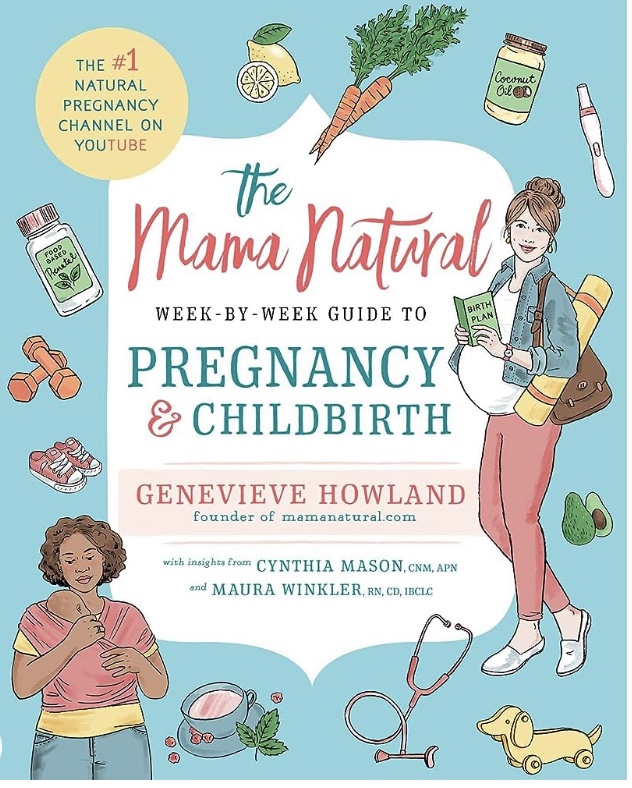
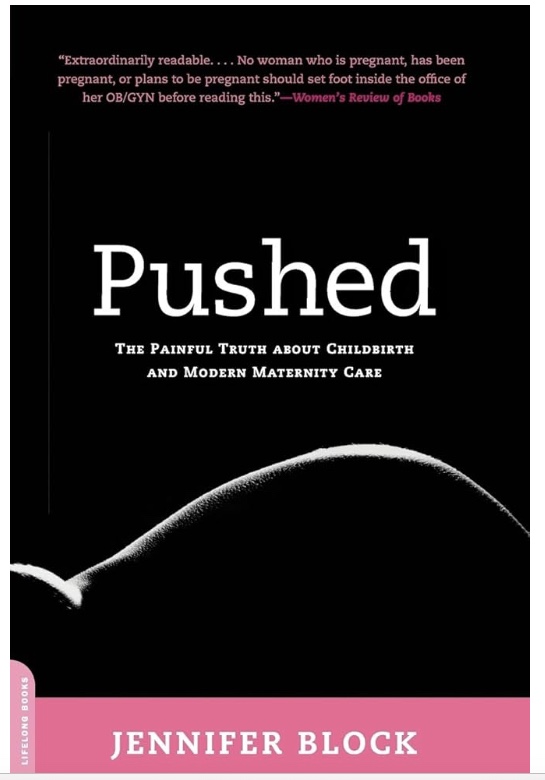


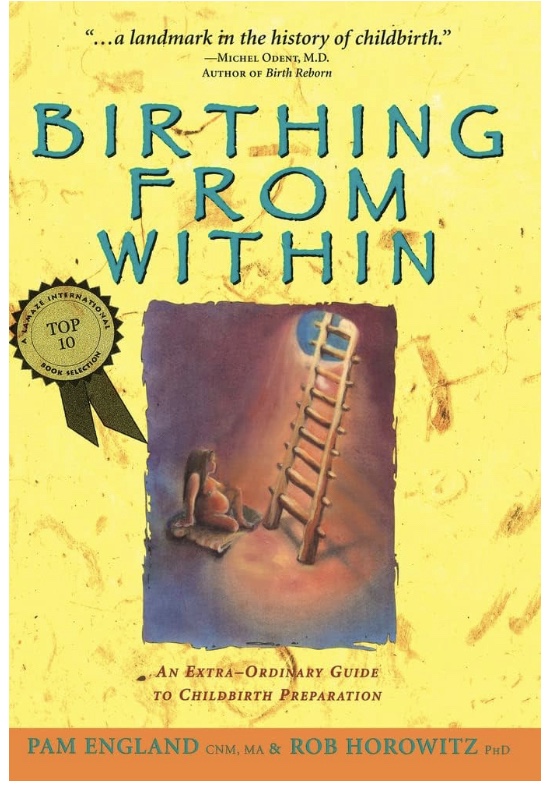
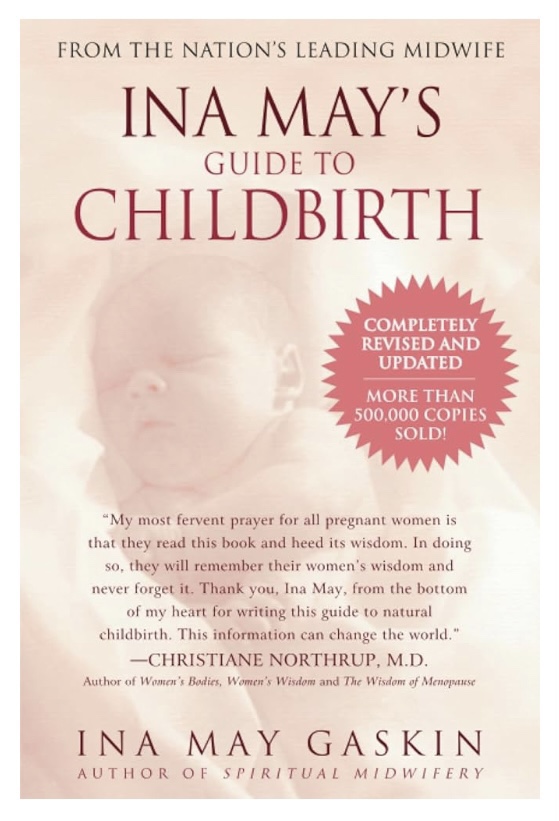
The major reasons I’m choosing a VBAC over repeat c-section:
-To have the chance to experience physiological birth for the first time.
-I have a 98-99.5% chance of not rupturing and an 80% chance of success overall- pretty good odds.
-A repeat c-section carries greater risks of hemorrhage, infection, obstruction, scar tissue, future placenta problems including acreta, etc.
-I’m rejecting the lie that my body is somehow defective and instead trusting my God-given instincts and abilities.

The power of stories
Besides researching facts, I encourage you to also read and listen to people’s stories. Birth stories are so powerful, knowing that this isn’t just hypothetically possible, to have a vaginal birth, but that it’s actually been accomplished so many times by so many different women. The VBAC Link podcast has tons of inspiring stories told by the women who had VBACs themselves. “Brave Beautiful Birth” was so encouraging to me because I’ve also had three, but there are other books out there of people’s stories too. It doesn’t just have to be VBAC stories either, I loved, loved, loved Ina Mays Guide to Childbirth because all the natural birth stories inspired me so much.
Social media is another great place to find people’s stories. On instagram, @painfreebirth, @christianhypnobirthing, @thevbaclink, @homebirthaftercesarean all regularly post stories and videos of physiological births and VBACs.

Pray
Above all, pray. God made your body. Whether or not I’m able to have a VBAC, God is faithful and loving and will give me the hope and strength to endure what He ordains to take place in my life. My trust is in Jesus, not in achieving the birth I desire. Put your hope in Him, and no matter what happens you will be secure in His love.
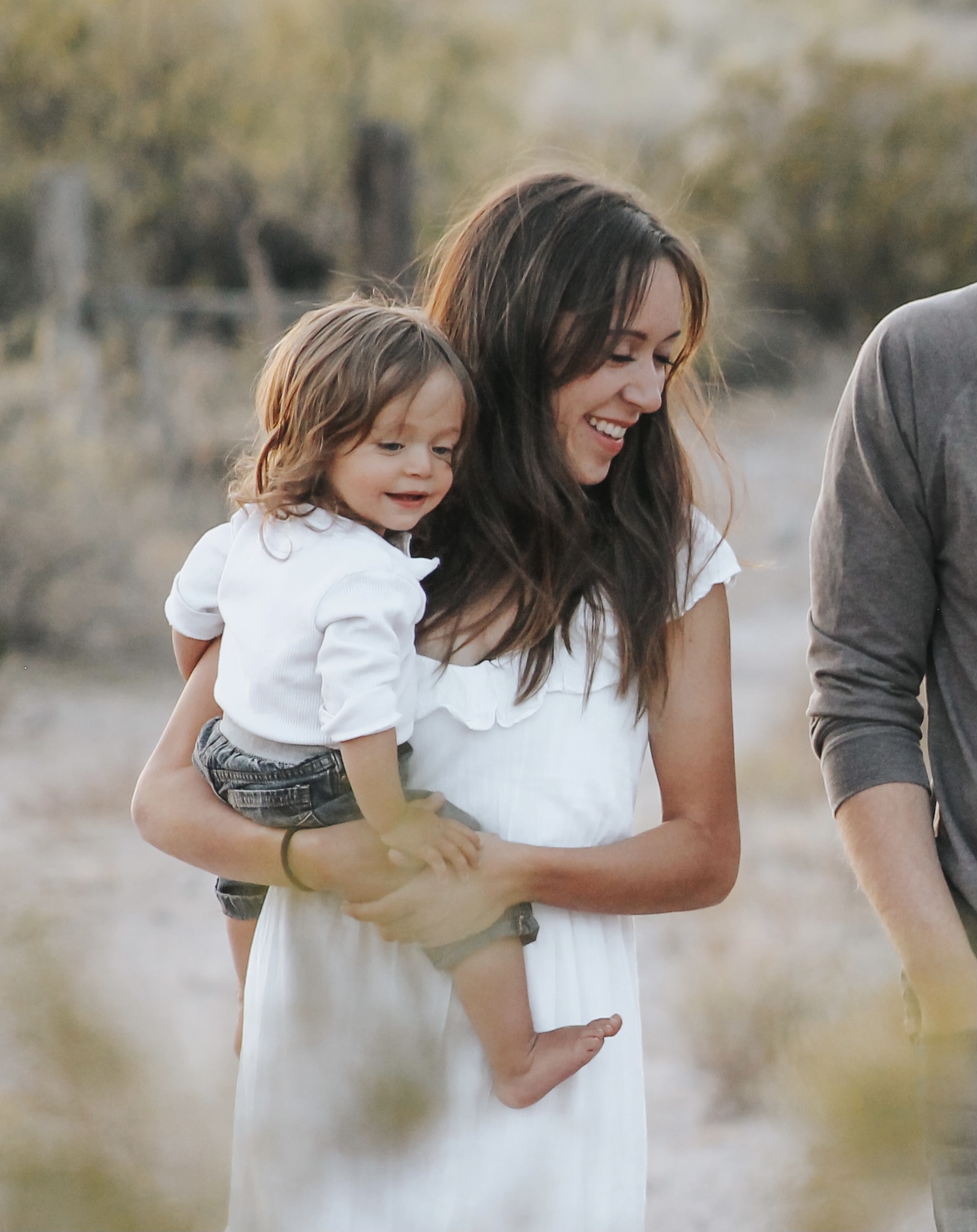
Leave a comment